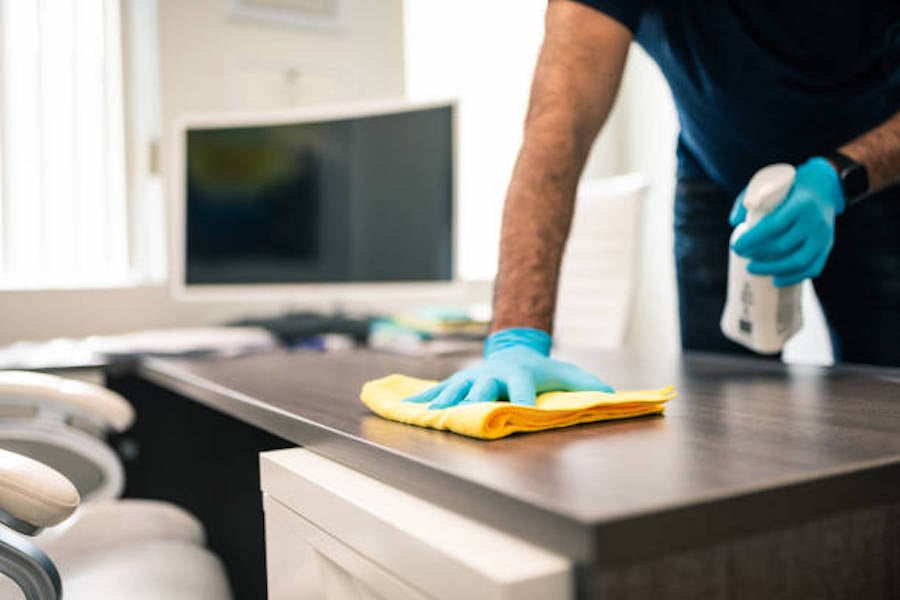The Pros and Cons of Different Disinfection and Sterilization Techniques
Introduction:
Disinfection and sterilization techniques are crucial in maintaining a clean and hygienic environment, particularly in healthcare settings. There are various methods available for disinfection and sterilization, each with its own pros and cons. In this article, we will explore the different techniques and discuss their advantages and disadvantages.
Chemical Disinfection
Chemical disinfection involves the use of specific chemicals to eliminate or inactivate microorganisms. Common chemicals used for disinfection include chlorine compounds, hydrogen peroxide, and quaternary ammonium compounds. One of the main advantages of chemical disinfection is its effectiveness against a wide range of microorganisms, including bacteria, viruses, and fungi. However, it is important to note that some chemicals may have toxic properties and require proper handling and ventilation.
Heat Sterilization
Heat sterilization is a widely used technique that involves the application of high temperatures to destroy microorganisms. Autoclaving, which uses steam under pressure, is the most common heat sterilization method. The main advantage of heat sterilization is its ability to kill even the most heat-resistant microorganisms, including bacterial spores. However, certain heat-sensitive materials may be damaged or altered during the process.
Radiation Sterilization
Radiation sterilization utilizes ionizing radiation, such as gamma rays or electron beams, to destroy microorganisms. This technique is commonly used for the sterilization of medical devices and pharmaceutical products. One of the key advantages of radiation sterilization is its ability to penetrate packaging materials, ensuring the sterility of the contents. However, radiation can potentially damage certain materials, and the process requires specialized equipment and facilities.
Gas Sterilization
Gas sterilization involves the use of gases, such as ethylene oxide or hydrogen peroxide vapor, to kill microorganisms. This technique is particularly suitable for heat-sensitive and moisture-sensitive items. Gas sterilization can reach inaccessible areas and is effective against a wide range of microorganisms. However, it is important to ensure proper ventilation and aeration to remove any residual gas, as some gases may be hazardous.
Filtration
Filtration is a physical method that involves passing liquids or gases through a filter to remove microorganisms. This technique is commonly used for sterilizing liquids, such as pharmaceutical solutions and intravenous fluids. Filtration is advantageous as it does not require the use of chemicals or heat, and it can effectively remove both large and small microorganisms. However, it is important to select the appropriate filter size and ensure proper maintenance and validation of the filtration system.
Ultraviolet (UV) Disinfection
UV disinfection utilizes ultraviolet light to kill or inactivate microorganisms. This technique is commonly used for air and water disinfection. UV light can effectively destroy a wide range of microorganisms, including bacteria, viruses, and protozoa. However, it is important to ensure proper exposure time and maintenance of the UV lamps to ensure optimal disinfection.
Advantages and Disadvantages of Different Techniques
Each disinfection and sterilization technique has its own set of advantages and disadvantages. Chemical disinfection offers broad-spectrum efficacy but may have toxic properties. Heat sterilization is highly effective but may damage heat-sensitive materials. Radiation sterilization can penetrate packaging but requires specialized equipment. Gas sterilization is suitable for heat-sensitive items but requires proper ventilation. Filtration does not require chemicals or heat but needs proper maintenance. UV disinfection is effective against various microorganisms but requires careful exposure time.
Conclusion
Choosing the most appropriate disinfection and sterilization technique depends on various factors, including the type of microorganisms, the nature of the materials to be sterilized, and the available resources. It is essential to weigh the pros and cons of each method to ensure effective and safe disinfection practices.

